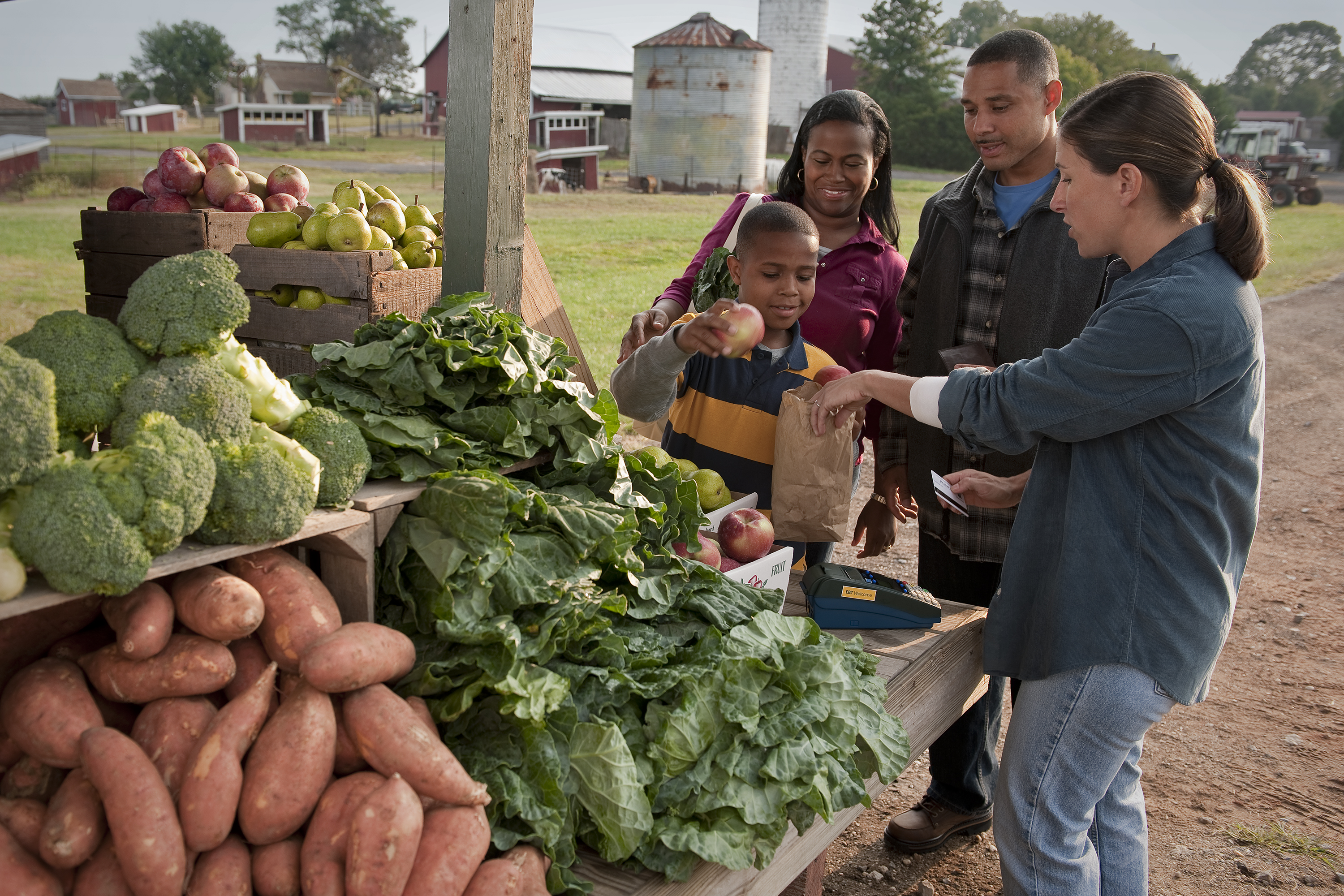A study by a researcher at UConn’s Zwick Center for Food and Resource Policy has found that, contrary to widely held beliefs, the Supplemental Nutrition Assistance Program, or SNAP, does not encourage poor eating habits but actually causes a tangible decrease in the proportion of food expenditures spent on eating out.
Using nationally representative data from 1996 to 2011 from surveys conducted on hundreds of thousands of participating households, postdoctoral fellow Shaheer Burney created a robust statistical model to study and observe changes in SNAP policies, income levels, demographics, and overall expenditures on food away from home in SNAP households.
He was surprised by what he found: The SNAP program led to an overall, and statistically significant, decrease in expenditures on food away from home – the opposite of what many believe.
“As with any program, there will always be a few people who will abuse it, but overall, SNAP is doing what we are hoping it will do, which is improving food security and increasing expenditures on meals prepared at home rather than food from restaurants,” says Burney.
The results of the research come at a crucial time, when the future of the United States Farm Bill, and the programs the bill funds, is uncertain, and drastic changes may occur, such as cuts to funding for the USDA program or a complete overhaul of SNAP.
Currently, federally funded food programs such as SNAP provide secure access to food for millions of Americans each year.
Though controversial, overall SNAP is regarded as a success in providing food stability. However, it faces criticism for obesity rates that are higher among individuals who participate in the program. The exact causes for the higher rates of obesity are not known, but some say that SNAP encourages poor dietary choices, such as increased expenditures on eating out.
Burney’s research challenges this assumption.
He says that although SNAP is restricted to purchases of food that will be consumed at home, such as food staples and other groceries, there is a potential loophole: households that spend more on food than the amount of SNAP benefits they receive can substitute dollars spent on food over their allotted amount with SNAP dollars. This allows SNAP funds to be used for the purchase of food away from home, including fast food, sit-down restaurant food, cafeterias, and vending machines. But his study found that SNAP does not encourage these choices.
He also argues against a recent USDA proposal that involves sending SNAP recipients a monthly box of non-perishable items such as canned goods, shelf-stable milk, and pasta, in what is being called “America’s Harvest Box,” in lieu of current SNAP benefits, saying this is an effort to limit the food choice of SNAP participants.
Though the boxes are aimed at providing recipients with healthy food, many have noted their lack of fresh fruits and vegetables – quite opposite to the mail-order boxes they are compared to in explanations of the proposed changes.
Beyond offering evidence that SNAP is not promoting eating away from home, Burney also points to the programs that are in place to encourage healthy food choices for SNAP participants, such as SNAP dollar matching at farmers markets.
“These programs are very successful, in fact studies have shown that direct agricultural sales at farmers markets increase beyond the value of the benefits themselves. That is, the overall expenditure more than doubles at farmers markets when these matching programs are put into place,” he says.
Programs in many states, such as Oregon, Massachusetts, and Michigan, have implemented matching at many farmers markets. More locally, programs such as Grow Windham raise funds to double SNAP dollars at the Willimantic Farmers Market.
Until the details are worked out, the future of the Farm Bill and SNAP is uncertain.



